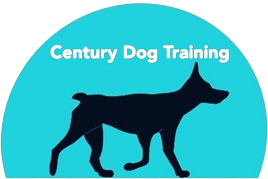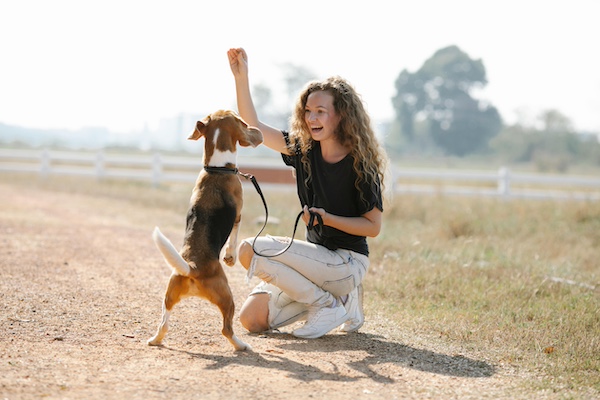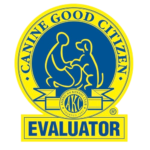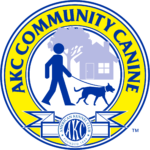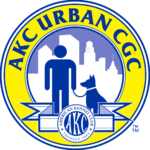Building a strong bond with your dog is essential for a healthy and happy relationship. A deep connection between dog and owner enhances trust, communication, and overall positive behavior, making life more enjoyable for both of you. One of the most effective ways to strengthen this bond is through training.
Training not only teaches your dog important skills but also provides an opportunity to establish trust, improve communication, and create a lasting connection. In this post, we’ll explore how you can build a strong bond with your dog through training and why this process is so important.
The Connection Between Training and Bonding
Training is about much more than teaching your dog to sit or stay. It’s an opportunity to build a partnership with your dog based on mutual respect and trust. When you engage in training sessions, you and your dog are working together toward a common goal, which strengthens your bond.
Through training, your dog learns to trust and look to you when they are unsure. They understand that you will guide them, reward them for their efforts, and provide clear direction. At the same time, you learn more about your dog’s personality, preferences, and limits. This shared experience helps create a connection that goes beyond commands and tricks—it’s about working together as a team.
Consistency is key to bonding through training. When your dog sees that you are patient, fair, and reliable, they are more likely to trust you and look to you for guidance in everyday life. Over time, this trust will translate into a stronger relationship, making your dog more eager to follow your lead and respond to your cues.
Positive Reinforcement and Its Role in Bonding
One of the most effective ways to build a strong bond with your dog during training is through positive reinforcement. Positive reinforcement is a method that rewards your dog for good behavior, encouraging them to repeat those actions in the future. This approach not only makes training enjoyable for your dog but also fosters a positive relationship between you both.
When you reward your dog with treats, praise, or play for performing a desired behavior, they begin to associate training with positive outcomes. This creates a sense of trust and cooperation as your dog learns that working with you leads to rewards. Positive reinforcement also helps your dog feel confident and secure in their actions, which strengthens their emotional connection to you.
For example, when teaching your dog to come when called, use a high-value treat or enthusiastic praise every time they respond correctly. Over time, your dog will associate coming to you with good things, reinforcing the bond between you. Positive reinforcement ensures that
training is not just a learning experience but also a bonding activity that brings you and your dog closer together.
Interactive Training Exercises that Build Bonding
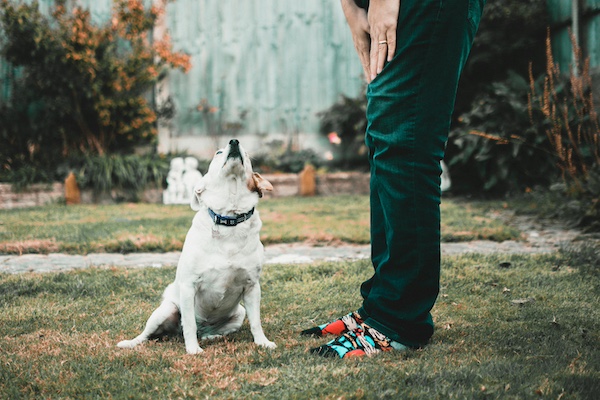
Interactive training exercises are a fantastic way to deepen your bond while keeping your dog mentally and physically engaged. These activities stimulate your dog’s mind, enhance communication, and provide fun opportunities for both of you to work together.
● Recall Training: Teaching your dog to come when called is not only a vital safety skill but also a great bonding exercise. Practice calling your dog from different distances and environments, rewarding them every time they come to you. The more you practice, the more your dog will see coming to you as a rewarding and positive experience.
● Agility Training: Agility courses, which involve obstacles like jumps, tunnels, and weave poles, are excellent for building both physical fitness and mental focus. Working together to navigate an agility course enhances communication and trust, as your dog learns to follow your cues to complete the course successfully.
● Trick Training: Teaching your dog fun tricks like rolling over, shaking paws, or playing dead can be a lighthearted way to bond. Trick training keeps the mood playful, and your dog will enjoy the rewards that come with performing new skills. The more tricks your dog masters, the more confident and connected they’ll feel with you.
To keep these exercises engaging, use a mix of rewards—treats, toys, and verbal praise—and keep sessions short and enjoyable. The goal is to create positive shared experiences that strengthen your bond.
The Importance of Communication in Training
Effective training is built on clear communication between you and your dog. When communication is strong, your dog understands what you want them to do, and you can more easily guide them through various tasks. Clear communication also builds trust as your dog learns to rely on your cues and directions.
Understanding your dog’s body language is an essential part of improving communication during training. Dogs communicate through their posture, ears, tail, and facial expressions, and learning to read these signals helps you understand how your dog is feeling. For instance, if your dog’s tail is wagging loosely, they’re likely happy and relaxed, whereas a stiff, raised tail might indicate tension or excitement.
Equally important is how you communicate with your dog. Use consistent cues and commands during training to avoid confusion. For example, if you’re teaching your dog to sit, always use the same word or gesture to signal the behavior. Consistency helps your dog understand what you’re asking for and builds a sense of predictability, which strengthens trust.
Positive body language on your part—such as smiling, an upbeat tone of voice, and open, relaxed posture—can also reinforce positive communication. Your dog will pick up on these cues, and it will make them feel more comfortable and willing to engage in training.
Regular Training for Long-Term Bonding
Building a strong bond with your dog is not a one-time effort; it requires ongoing training and reinforcement. Regular training sessions help maintain the connection you’ve built and reinforce your role as the leader in your dog’s life. Training shouldn’t stop after your dog masters the basics—ongoing practice keeps your dog mentally sharp and engaged.
Incorporating simple daily training activities can help you maintain your bond. For example, practice commands like “sit,” “stay,” or “come” during routine walks or playtime. You can also incorporate training into feeding times by asking your dog to perform a command before receiving their meal.
Regular training keeps your dog’s skills sharp. It also provides continued opportunities for you to engage in positive interactions with your dog, further deepening the relationship.
Conclusion
Training is a powerful tool for building a strong bond with your dog. By using positive reinforcement, engaging in interactive exercises, and communicating clearly, you can create a trusting, respectful relationship that benefits both you and your dog. Remember that consistency and patience are key to maintaining this bond over time. Through regular training, you not only teach your dog valuable skills but also foster a deep connection that will enhance your life together. Start incorporating training into your daily routine, and watch your bond with your dog grow stronger every day.
